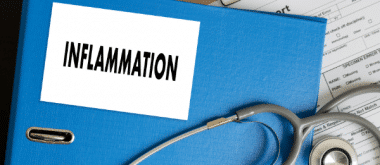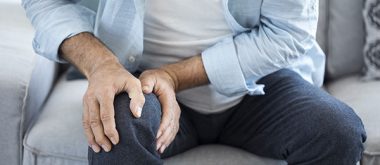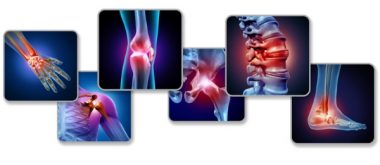Because aging can affect spinal health, previously diagnosed scoliosis can worsen and degenerative conditions can lead to new cases of this troublesome condition.
Normally, the human spine has a number of natural curves, one at the lower back, one at the mid-back and one at the neck. These curvatures are from the front to the back and help to give the spinal its flexibility and support for the skeleton. Sometimes, sideways curves develop in the spine. This condition, called scoliosis, can lead to problems in normal development of the body or can cause pain and poor spinal function. Aging can worsen spinal curvatures and lead to discomfort. Here’s a closer look at how aging affects the spine.
Understanding Scoliosis in Adults
Curvature of the spine often occurs in adolescents, when rapid growth of the bones leads to abnormality. Some medical conditions can also affect spinal growth in young people. However, scoliosis can also occur in adulthood, due to common degenerative problems. Aging can worsen the condition if it already exists, but it can also cause spinal curvature that hasn’t existed previously.
 How Aging Affects Scoliosis
How Aging Affects Scoliosis
As the years pass, individuals may develop a number of different degenerative conditions involving the spine. Bone loss caused by osteoporosis, a common problem in older individuals, can lead to fractures in the spinal vertebrae. The discs that cushion the spinal vertebrae can also experience degeneration with aging. After years of activity, the discs may become worn or damaged, which can cause severe misalignment in the spinal column. Osteoarthritis can occur in the spine, causing inflammation and degeneration. Aging can also lead to fractures in the small joints in the spine called facet joints. If you already have scoliosis, you may experience increasing discomfort and loss of function as a result of natural aging.
Symptoms
You may have no symptoms as a result of spinal curvature. The location on the spinal column the curvature develops doesn’t necessarily determine whether you will experience discomfort. Individuals may have one shoulder blade that is more prominent than the other. They may have unevenness in the height of the shoulders. One hip may be slightly higher than the other. The waist may appear uneven. Some people may develop chronic back pain as a result of the curvature. Others may have lung or heart problems due to the pressure from the curvature of the spine.
Treating Adult Scoliosis
A variety of treatments are used to help individuals with spinal curvature in adulthood. Your doctor will provide a thorough evaluation of your spine by using x-rays, MRIs or other diagnostic tests. You may be advised to wear a brace, attend physical therapy or undergo other therapies that help to strengthen the spine and supporting muscles. Bone-strengthening medications are available to prevent the weakening caused by osteoporosis, which can prevent worsening curvatures of the spine. In some cases, surgery may be necessary to prevent increasing curvatures.
If you have idiopathic scoliosis, or have been diagnosed with the condition in your adult years, you may not develop symptoms as the years pass. However, a number of treatments are available to help you deal with pain, stiffness or other issues if they come up. Talk to your doctor about your symptoms to determine the best treatment for your needs.
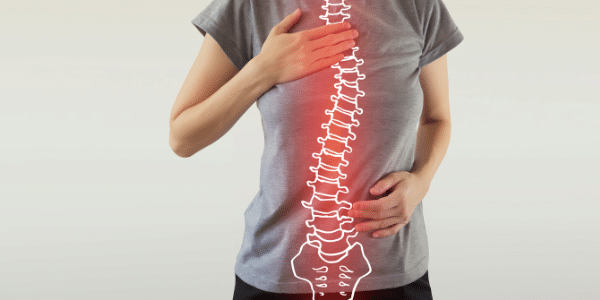
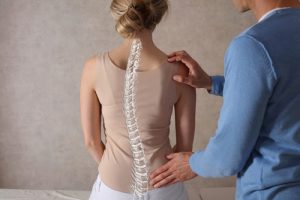 How Aging Affects Scoliosis
How Aging Affects Scoliosis